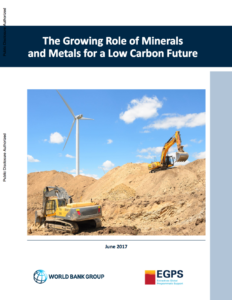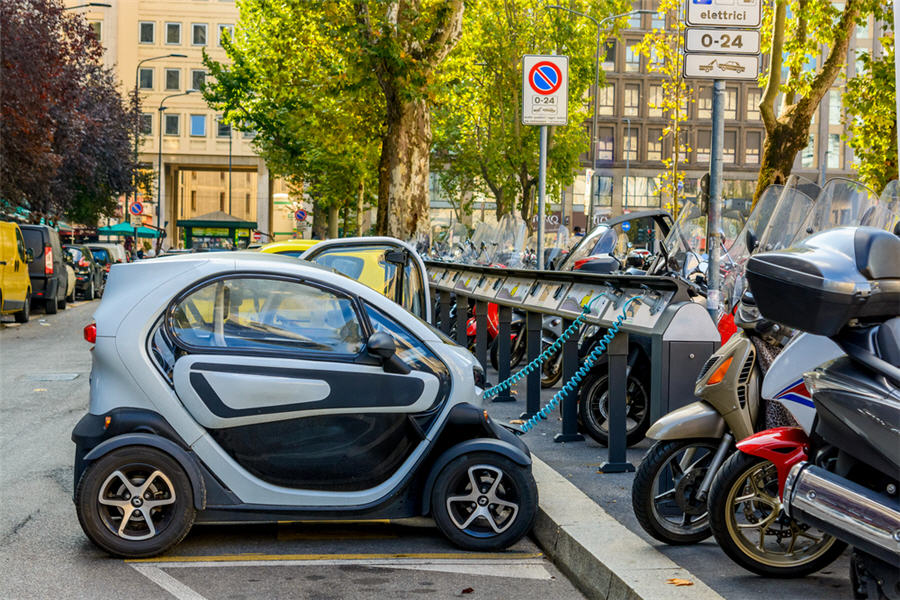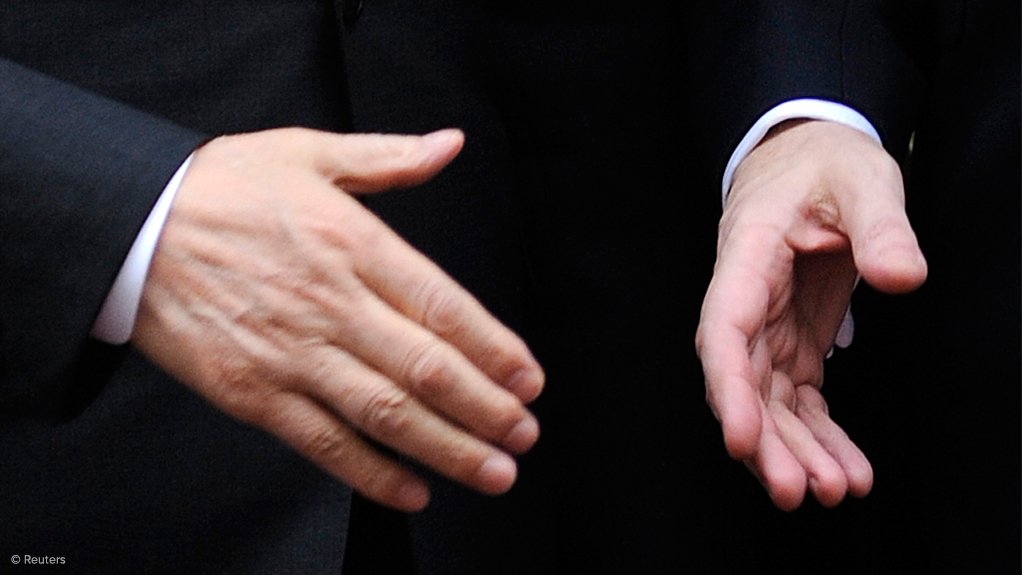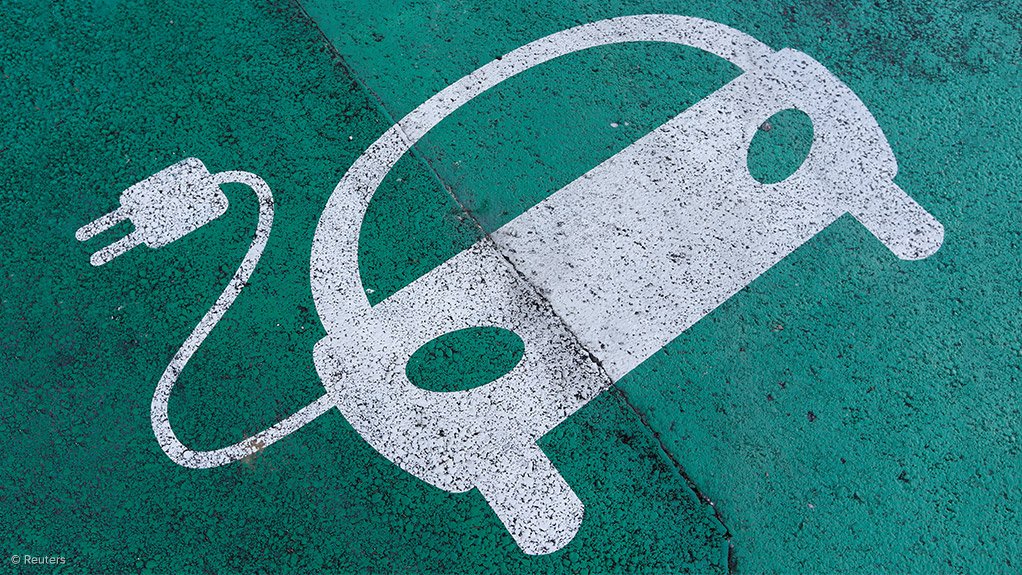A June 2017 report from the World Bank highlights the role that minerals and metals will play in a low-carbon future. The report “The Growing Role of Minerals and Metals for a Low-Carbon Future” asserts that the rise of green energy technologies is expected to lead to growth in demand for minerals and metals such as aluminum, copper, lead, lithium, manganese, nickel, silver, steel, and zinc and rare earth minerals.
 The increase in demand is expected to be a function of both how much countries commit to a low-carbon future and what technologies they develop. The most significant example is the potential 1000% increase in demand for aluminum, cobalt, iron, lead, lithium, manganese and nickel to produce electric storage batteries if nations were to commit fully to a scenario of no more than 2°C rise in warming under the Paris Climate Agreement. More modest commitments will result in more modest demand increases for these metals. However, the technologies that nations choose to invest in, from solar to wind to batteries, will also play an important role in metal markets.
The increase in demand is expected to be a function of both how much countries commit to a low-carbon future and what technologies they develop. The most significant example is the potential 1000% increase in demand for aluminum, cobalt, iron, lead, lithium, manganese and nickel to produce electric storage batteries if nations were to commit fully to a scenario of no more than 2°C rise in warming under the Paris Climate Agreement. More modest commitments will result in more modest demand increases for these metals. However, the technologies that nations choose to invest in, from solar to wind to batteries, will also play an important role in metal markets.
The report also notes potential pitfalls due to challenges facing supply countries with regards to social, environmental and carbon footprints of increased mineral extraction. As ore deposits on land continue to decline in quality, the carbon footprint needed to extract them increases. Thus, if not properly managed, the growing demand for minerals and metals to supply a low-carbon future could counteract the efforts and policies of supply countries to meet climate change objectives.





